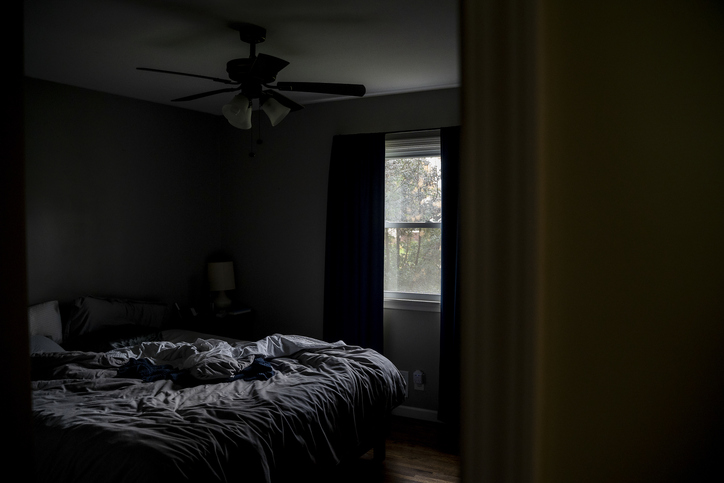Sleep is one of the most influential aspects of your overall health. Poor sleep can impact your mental and physical health and lead to serious short-term and chronic health conditions. Adults should get between 7 to 9 hours of sleep each night. Equally important to the amount of time spent asleep is the quality of sleep achieved. Quality sleep often begins with a healthy sleep routine and proper sleep setting. Below, you will find the best methods for creating a sleep-conducive bedroom environment.
Creating a Sleep-Conducive Bedroom Environment
Creating a sleep-conducive bedroom environment is essential for promoting a good night’s sleep. There are sleep solutions and relaxation methods you can incorporate to ensure adequate rest. These techniques can help you fall asleep, stay asleep, and wake up feeling refreshed. Consider the following ways to improve your bedroom environment and promote better sleep.
Reduce Light Exposure
Light exposure can make it difficult to fall and stay asleep. If you struggle with natural light entering your room, there are ways to block it. Use blinds, curtains, or a sleep mask to reduce the amount of light that disturbs your sleep. In addition to natural outdoor light, artificial light exposure also negatively impacts sleep. This refers not only to overhead lights and lamps but also to the light from your phone, tablet, and television. Research indicates that you should reduce your exposure to artificial light at least one hour before you go to bed.
Reduce the Temperature
The temperature of the room you sleep in has a significant impact on your sleep quality. It is recommended that you sleep in a room that is between 60 to 67 degrees Fahrenheit. This helps lower your body’s core temperature, which naturally drops as you fall asleep. Keeping the room cold can trigger drowsiness, so you fall asleep faster. If you run hot and find it difficult to fall or stay asleep because of it, consider using cooling sheets and wearing cotton pajamas. This can help keep your body at the ideal temperature for optimal sleep.
Reduce Disruptive Noise
A quiet environment is necessary for uninterrupted sleep. Silence typically promotes feelings of relaxation and elicits the internal calm required for sleep. That said, there are benefits to some low-level background noise if you find it difficult to quiet your thoughts at night. If that is the case, you may benefit from having a fan or white noise machine active at night. This effectively masks more disruptive sounds or thoughts that could keep you awake at night. Experiment with what works for you to ensure optimal sleep quality all night long.
Improve Your Bedding
Adequate bedding is an integral aspect of a sleep-conducive environment. You should have a firm, stable bed made from high-quality materials. The mattress must support your body and properly align your neck and spine. Be sure to invest in a solid but flexible pillow that will support the base of your neck and hold your head straight. Your bedding should be soft, comfortable, and not too heavy.
How To Navigate Sleep Issues
If you have persistent sleep issues, it is important to contact a sleep doctor in Manhattan as soon as you can. Undiagnosed sleep problems can lead to unwanted physical and mental health issues. Several signs can indicate when you need to contact a sleep doctor, such as the inability to fall or stay asleep for more than three weeks, daytime fatigue after a full night of rest, or thunderous snoring and episodes of gasping for air while asleep.
You spend roughly one-third of your life in bed, sleeping or attempting to sleep. Make this time count by taking steps to improve the quality of your sleep.


